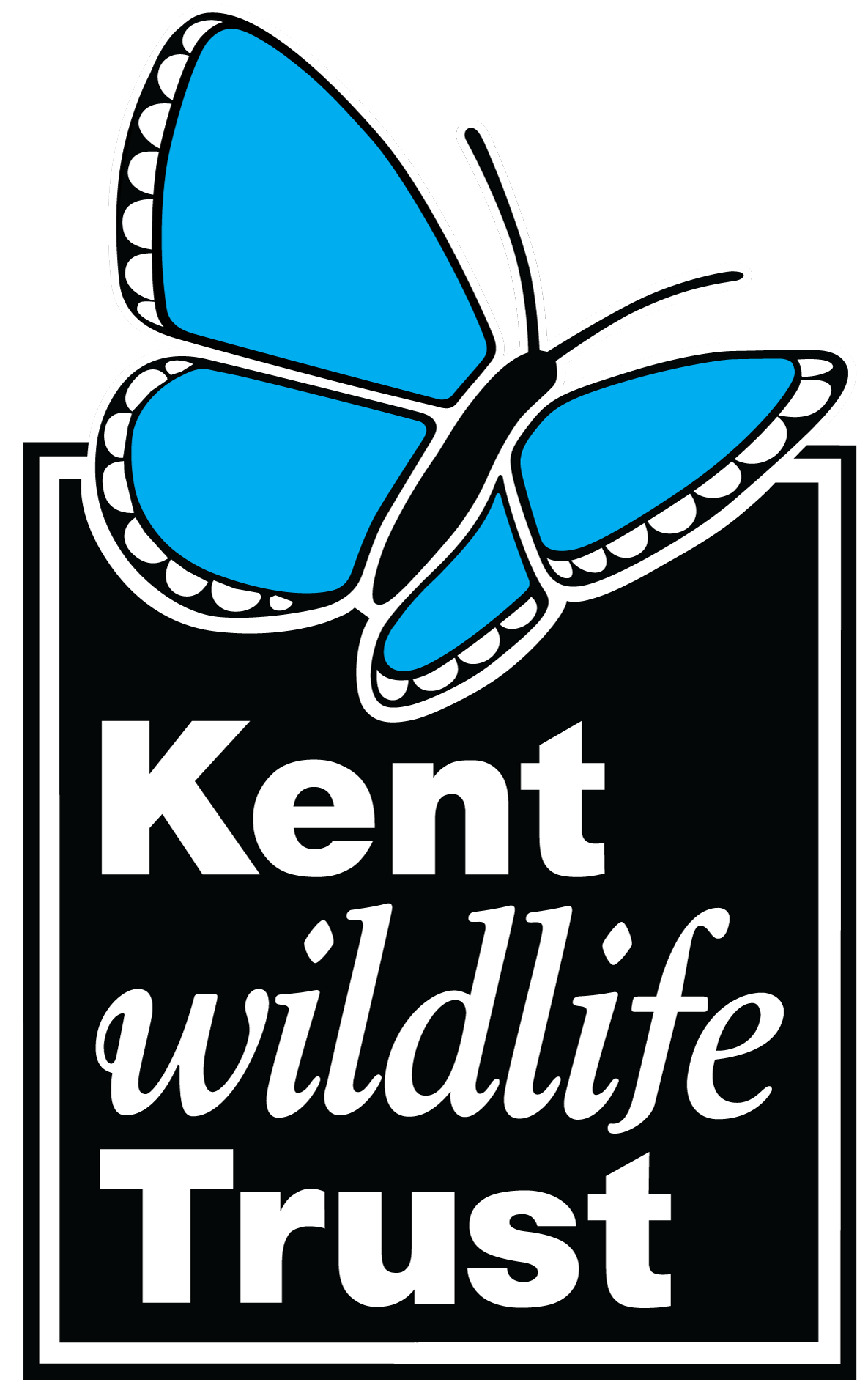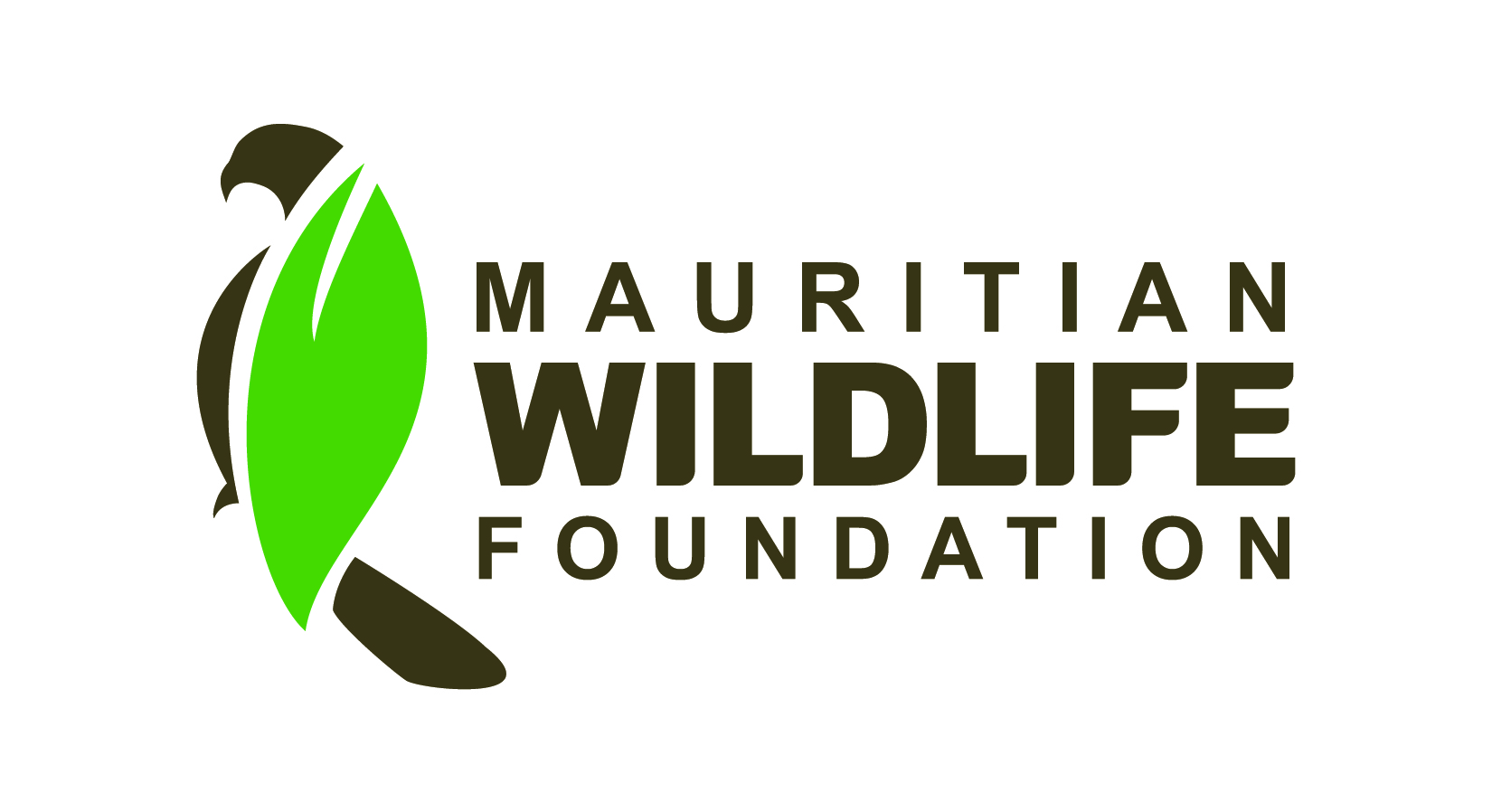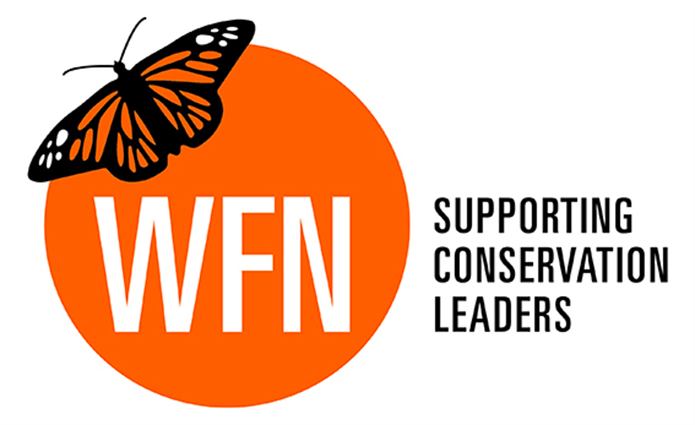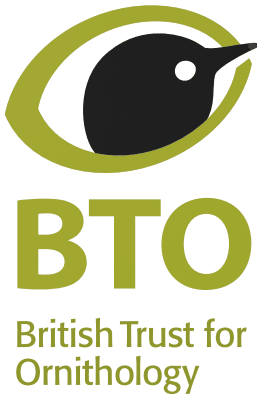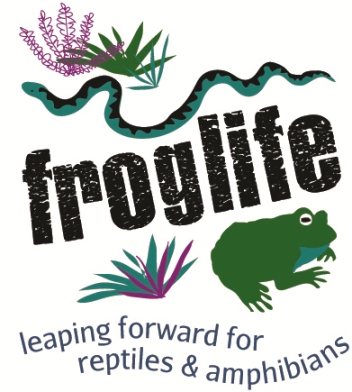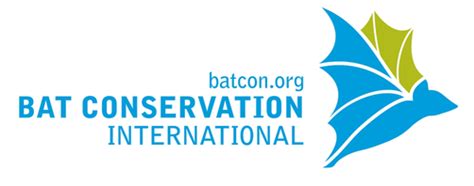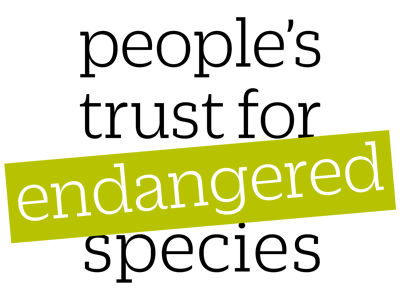Use methods to dampen underwater noise emissions (e.g. bubble curtains, screens)
-
Overall effectiveness category Unknown effectiveness (limited evidence)
-
Number of studies: 1
View assessment score
Hide assessment score
How is the evidence assessed?
-
Effectiveness
50% -
Certainty
30% -
Harms
0%
Study locations
Supporting evidence from individual studies
A before-and-after, site comparison study in 2010–2013 at seven wind farm construction sites in the North Sea, Germany (Brandt et al. 2018) found that using bubble curtains or screens resulted in harbour porpoise Phocoena phocoena detections within 15 km decreasing less compared to before pile driving than at sites without bubble curtains or screens. Compared to 24–48 h before pile driving, porpoise detections at distances of 0–15 km from piling sites decreased less during pile driving with bubble curtains and screens (0–5 km: 63%; 5–10 km: 23%; 10–15 km: 17%) than during pile driving without curtains or screens (0–5 km: 80%; 5–10 km: 55%; 10–15 km: 50%). In 2010–2013, pile driving was carried out at seven wind farm sites with or without bubble curtains (air bubbles released from a hose on the sea floor) or screens (double-wall screen filled with air). One site constructed all of 30 foundations with screens. Five sites constructed most foundations with bubble curtains (30–79 with; 1–11 without), and one site constructed most without (1 with; 80 without). All seven sites also used acoustic deterrents (pingers and seal scarers) prior to pile driving and ‘soft-start’ procedures. Acoustic data loggers attached to moorings recorded porpoise echolocation clicks at multiple locations at all seven sites 24–48 h before and during each of 581 pile driving events.
Study and other actions tested
Where has this evidence come from?
List of journals searched by synopsis
All the journals searched for all synopses
This Action forms part of the Action Synopsis:
Marine and Freshwater Mammal Conservation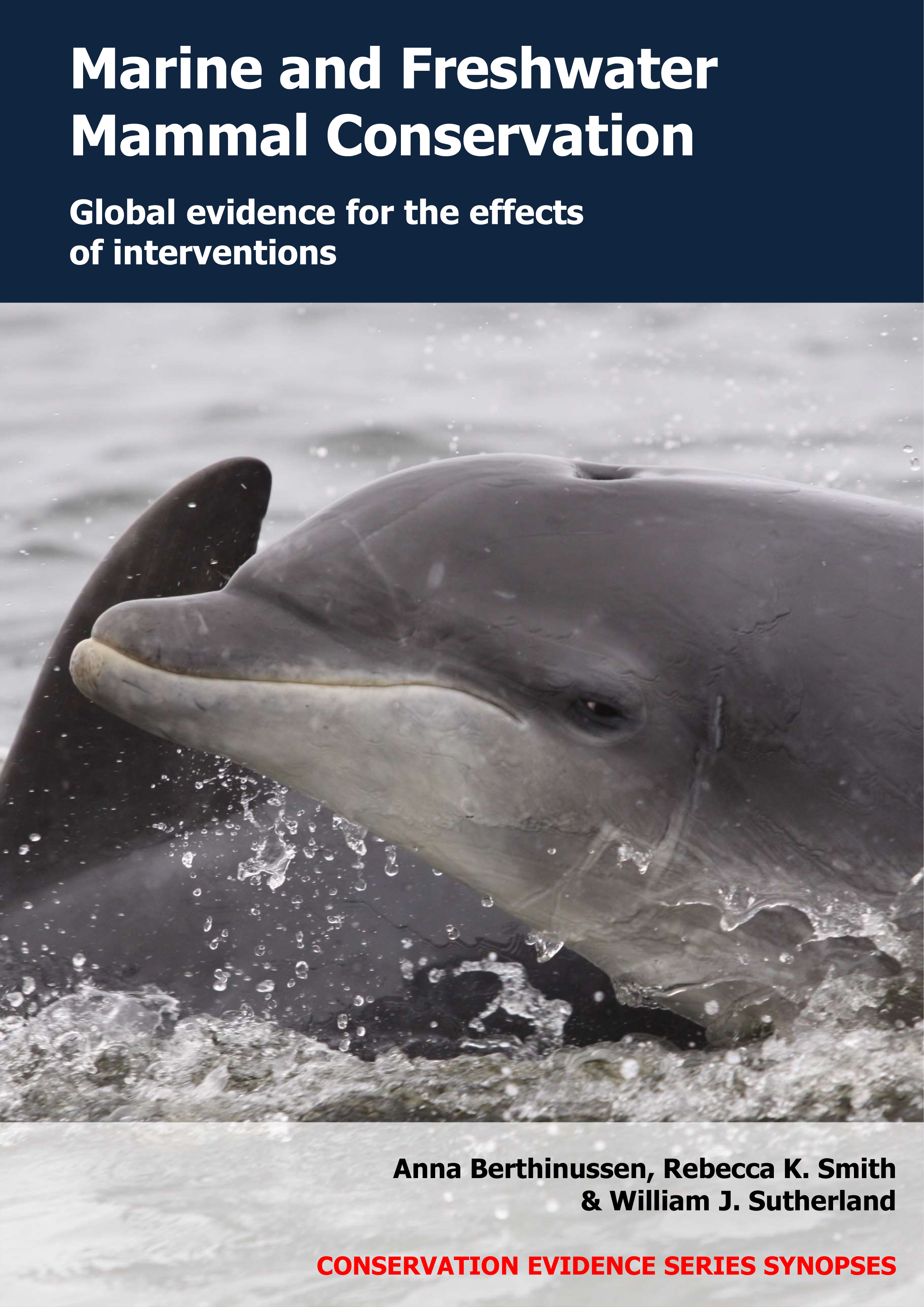
Marine and Freshwater Mammal Conservation - Published 2021
Marine and Freshwater Mammal Synopsis

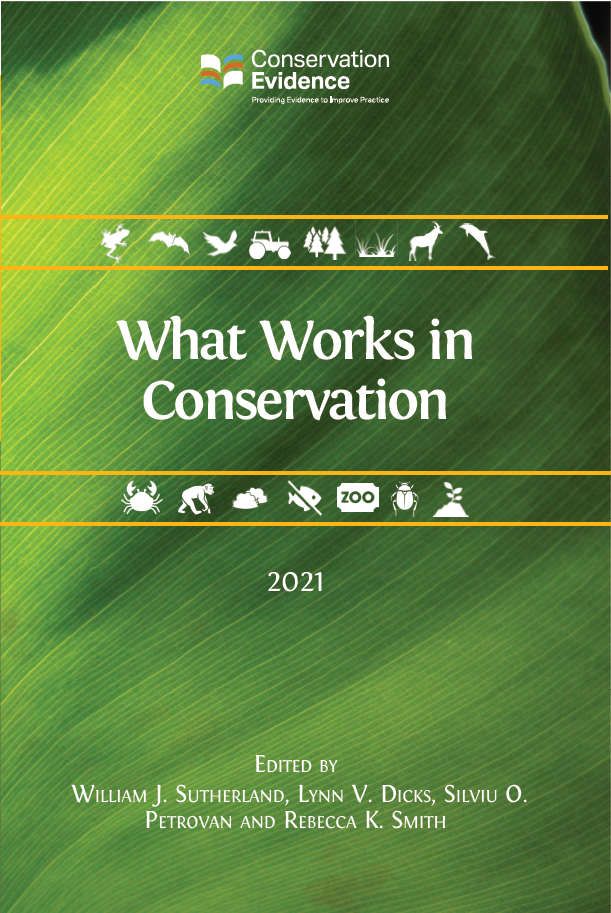
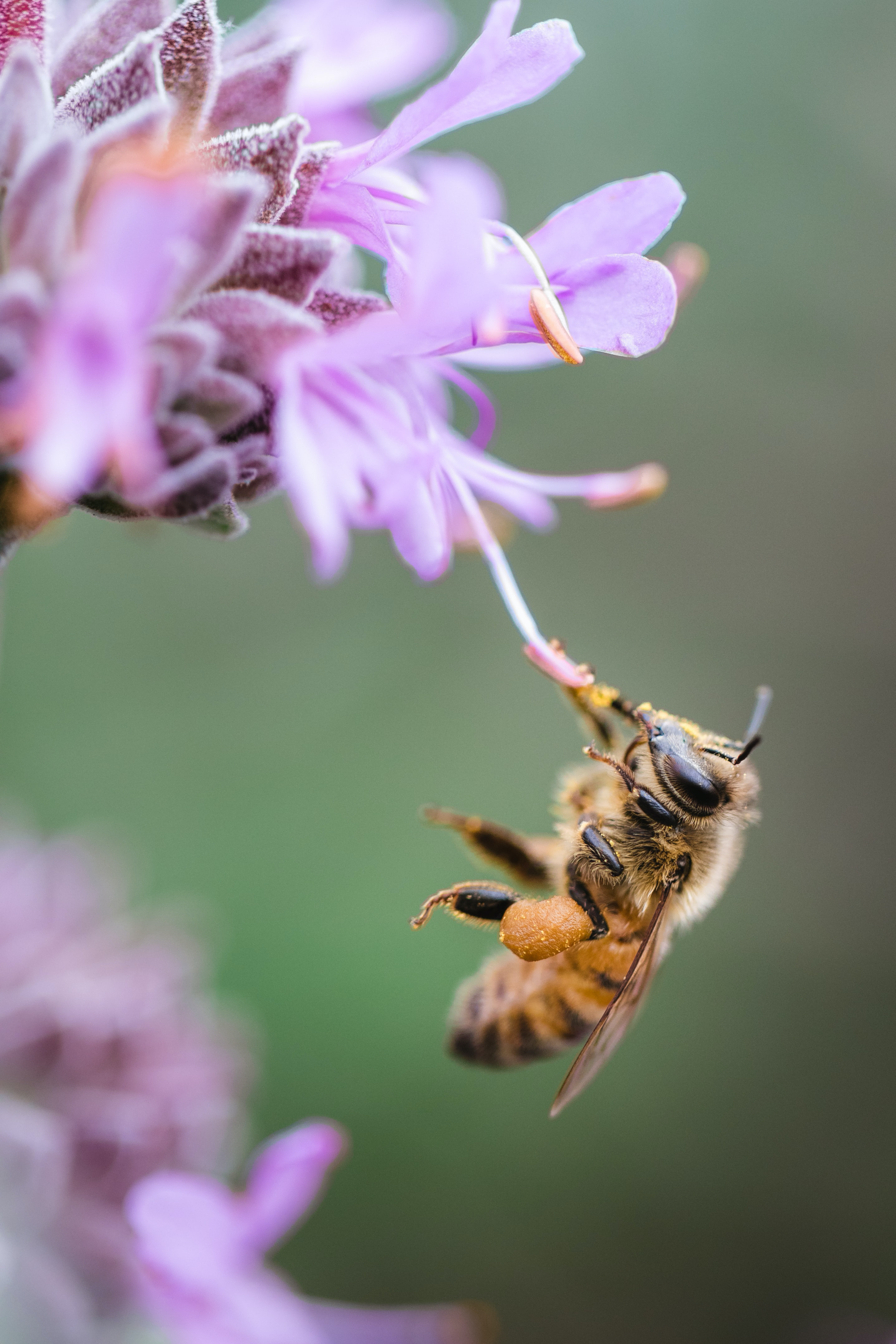


)_2023.JPG)
